As part of the Online Global Classroom (OGC) initiatives by UTM International, the Programme of Architecture had conducted an online talk entitled the ‘Adaptation to the Pandemic in Public Open Spaces’ by the Assistant Professor of Practice, Dr. Tareef Hayat Khan. Dr. Tareef, a former lecturer at the Programme of Architecture in the Faculty of Built Environment and Surveying, UTM currently teaches at the School of Architecture, Prairie View A&M University, Texas, United States.
The online talk was attended by 241 participants worldwide, including lecturers and students from the [1] Programme of Architecture in UTM, [2] School of Architecture, Planning and Policy Development, Bandung Institute of Technology (Institut Teknologi Bandung – ITB) in Indonesia, and the [3] School of Architecture, SRM Institute of Science and Technology in India.
Dr. Tareef presented the opportunities where spatial design interventions in public open spaces such as landscapes of monuments and sacred spaces responded to the current global COVID-19 pandemic. Using examples from his 2nd Year students’ architectural design studio projects, Dr. Tareef introduced some of these design interventions proposed.
The design studio project began by establishing the ‘operational definitions’ to define the ‘new’ spatial intervention that will correspond to the pandemic regulations imposed, such as the social distancing measures, mask requirements, and hand hygiene recommendations. Although pandemic policies differ from one country to the other, for example in the United States, the social distancing is at a minimum of 2 meters while in Malaysia is 1 meter, the procedural standards are generally the same. Within a pathway, the operational definitions are defined into several components; station, transition, connection, and no-man zone. It allows further interpretation of the movements and directions of people within the pathways.
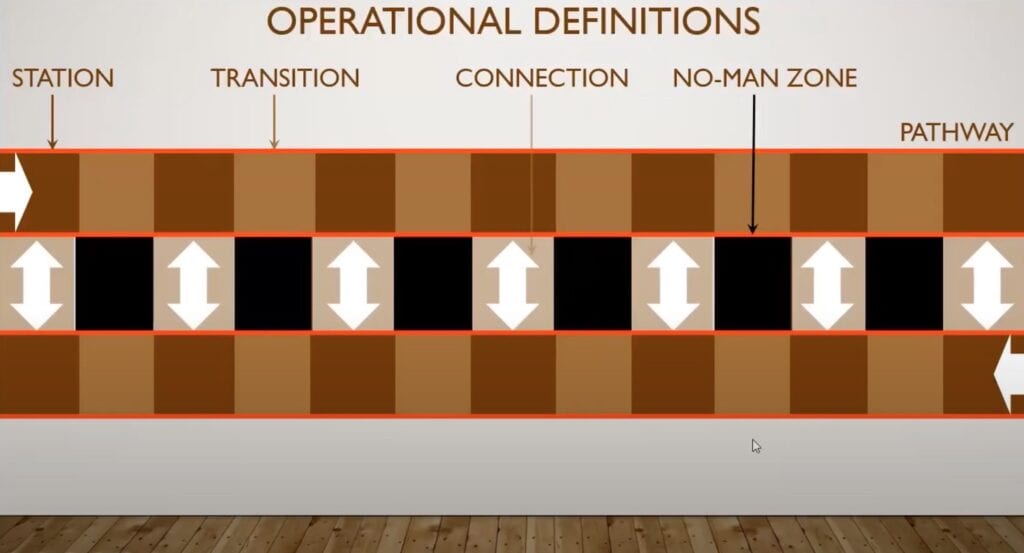
The operational definitions were used to identify how public spaces could be reimagined, managed, and functioned during the pandemic crisis. The definitions also provide the basis for students to implement in their design proposals. In the first assignment of redesigning the landscape monuments, one particular student implemented the operational definitions on a landscape monument of Kosmas Spomenik in Bulgaria using a circular spatial arrangement for public circulation. The new spatial intervention helps to coordinate the movement of people and maintain social distancing while creating an aesthetically pleasing landscape environment.
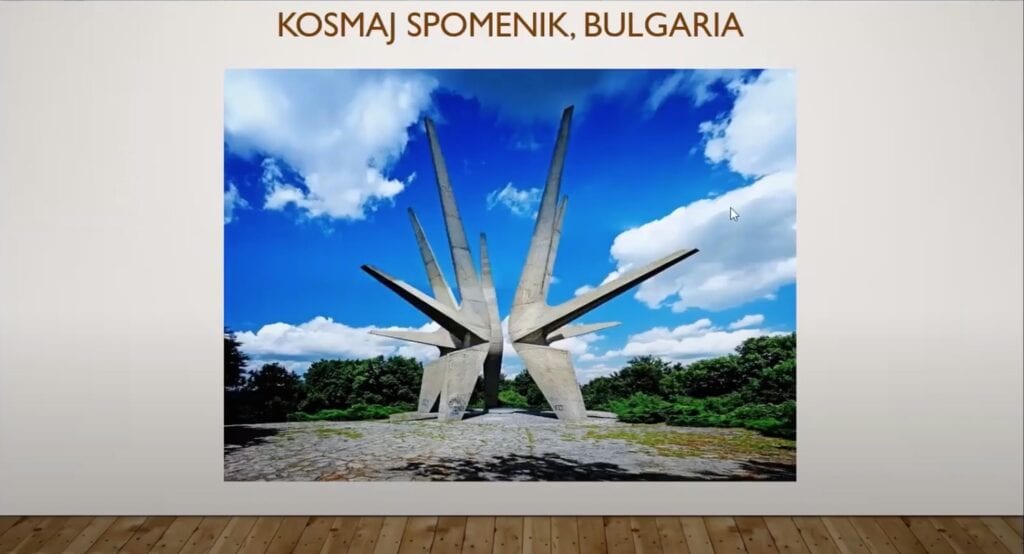
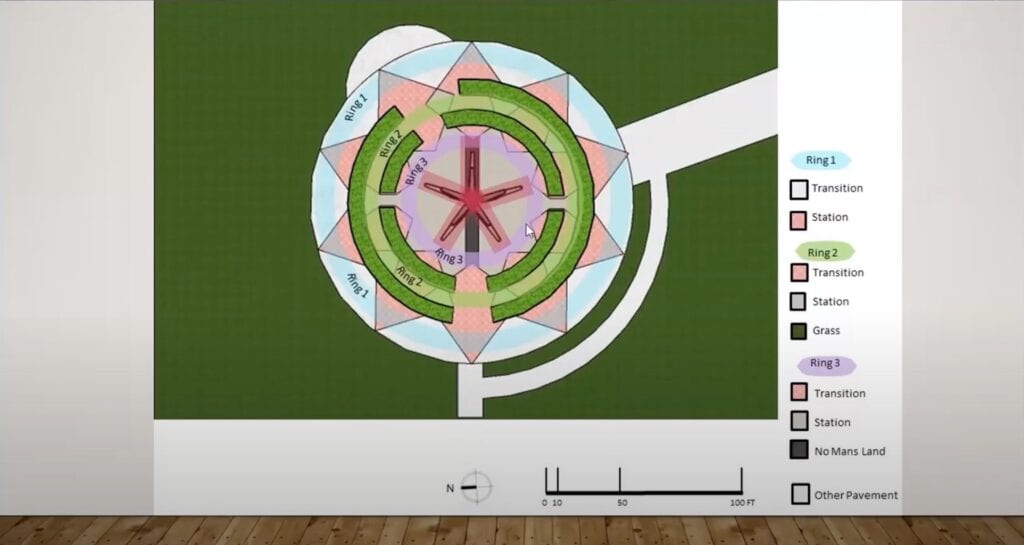
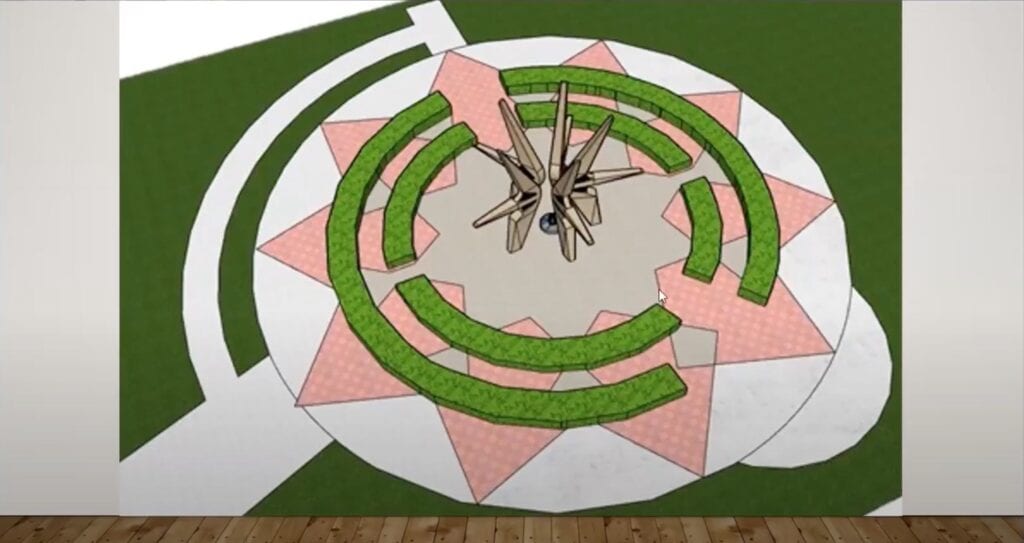
Meanwhile, the use of operational definitions also expands towards public spaces in sacred buildings such as mosques and chapels. In the second assignment, students had to design a gateway for a sacred building that will house the sanitization procedures and requirements. The spatial transition within a pathway such as stations and transitions from the operational definition mentioned earlier remains, however, the gateway requires additional requirements of ‘fixtures’ and ‘use territory’ for handwashing, sanitizing, storage, and bin areas.
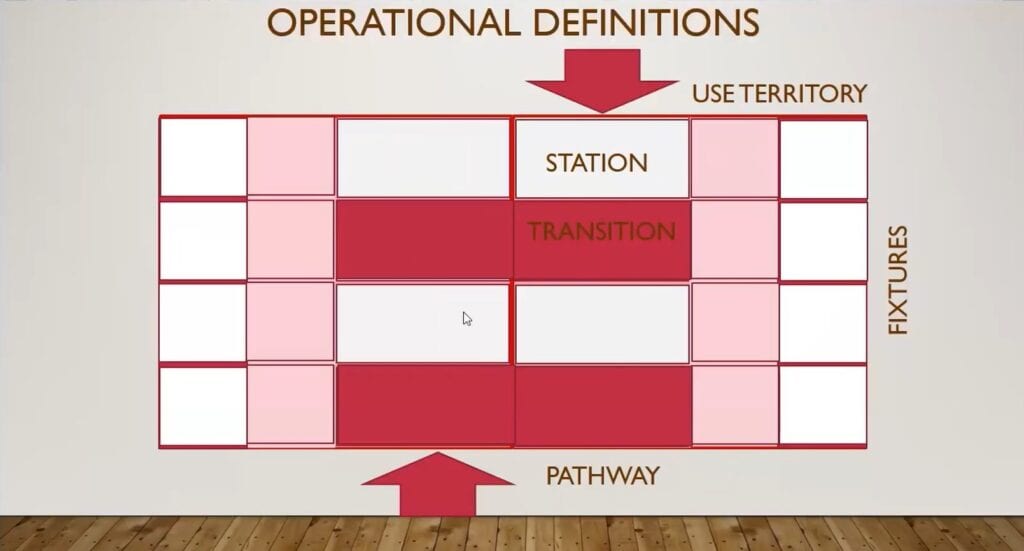
The new operational definitions were implemented in the proposed gateway for the Cadet Cathedral by one of the students. By adopting the form of the cathedral, the student proposed a triangular-shaped gateway structure as the building’s main entrance and exit route where visitors will undergo the sanitization procedures proposed. Other students’ projects were presented and at the end of the talk, Dr. Tareef answered multiple questions from the audience in regards to the topic at hand.
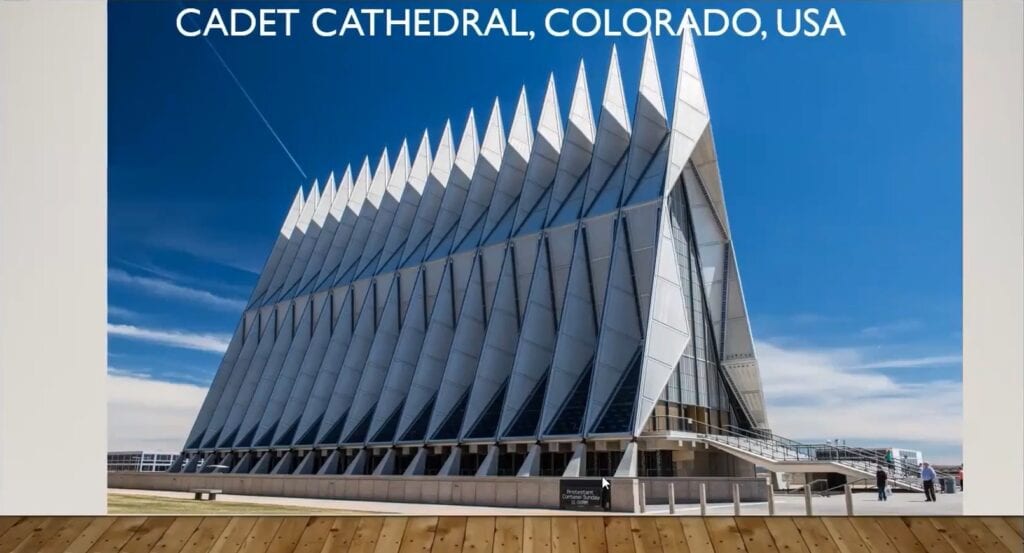
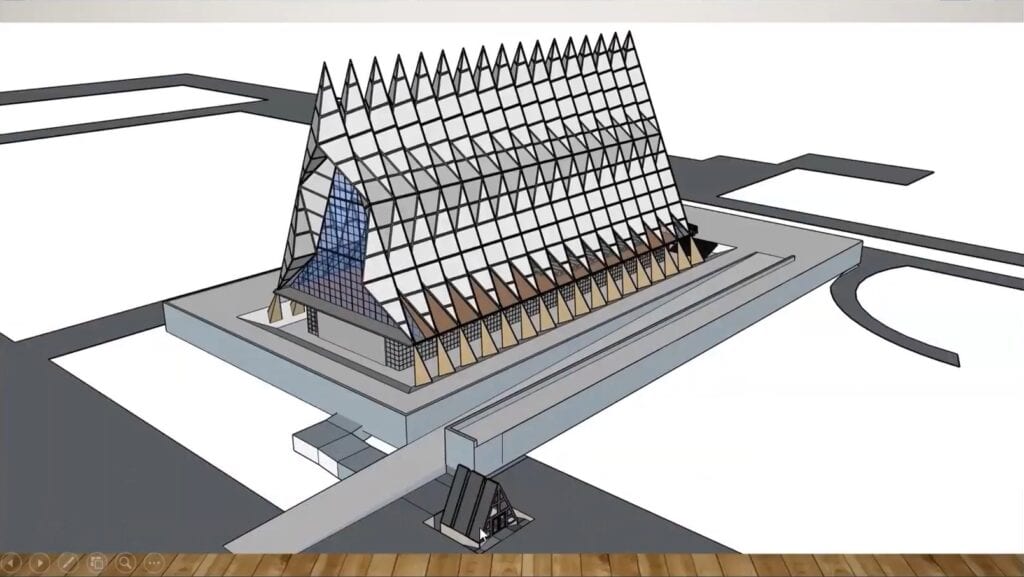

The online talk by Dr. Tareef was interesting and relevant to the current issue concerning architecture and the COVID-19 pandemic. The student’s project demonstrated how the design of spaces could impact the use of public spaces during this emergency by adopting the operational definitions and the design interventions proposed.
The Programme of Architecture in FABU would like to thank Dr. Tareef as the speaker, students, lecturers, and audience from different parts of the world for participating and the organizer particularly Dr. Fadhlina Ahmad @ Taufik. We hope to conduct similar cross-learning events in the near future.
Thank you.
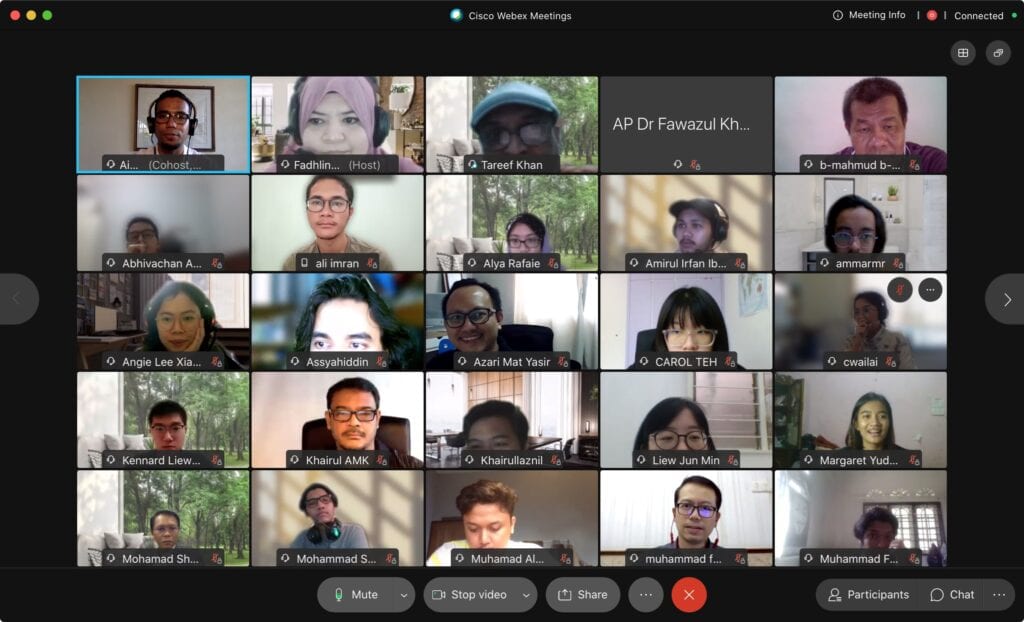
For more information on the speaker, please visit his website at http://tareefhayatkhan.com


